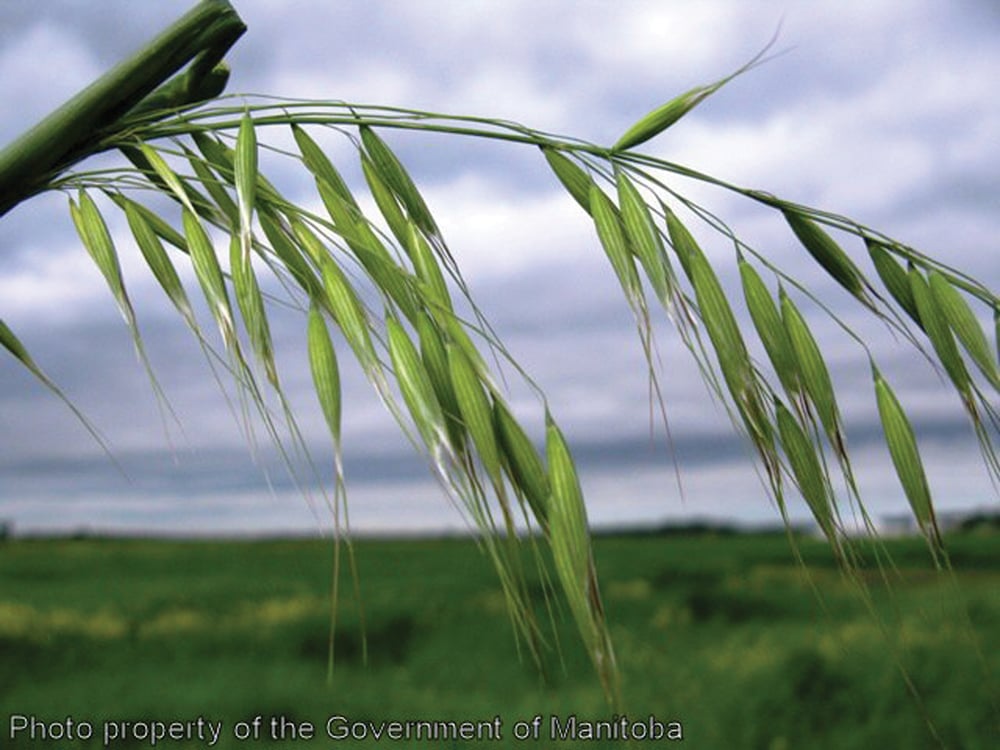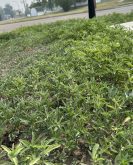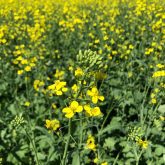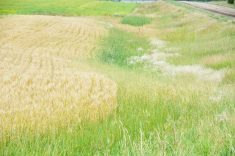If you rely solely on crop protection products to fend off wild oats, you’re not going to like the eventual bottom line.
Herbicide-resistant strains of the weed are going to mean you’ll eventually run out of luck. It’s not a new problem, but every year it gets just a little bit more concerning.
“Resistance is only going to get worse,” warns Kim Brown-Livingston, weed specialist with Manitoba Agriculture.
“Without new chemistries coming and with us being reliant on the chemistry that we have, it’s just a matter of time before resistance hits.”
Read Also

Moo translator and methane measures: There’s an app for that
Dalhousie University researchers use artificial intelligence to create new dairy farm apps that analyze cattle sounds and measure methane.
Currently, 69 per cent of wild oats in the Canadian Prairies display some level of herbicide resistance. Of those, 62 per cent are only resistant to Group 1 herbicides, 34 per cent are resistant to Group 2 herbicides, and 27 per cent are resistant to both.
Herbicide resistance, of course, isn’t limited to wild oats. The Manitoba Pulse and Soybean Growers Association lists 14 species known to be resistant to herbicides. But because the available herbicides that work for wild oats are limited to begin with, and because those chemicals that are available have been around for a long time, wild oats have become a bigger problem and tend to get a lot of attention.
“You’re pulling from the same pool of products — the same corner of the chem shed all the time,” Brown-Livingston said.
While herbicide-resistant wild oats can be found in any field, the problem is particularly acute for cereal crops. For canola — where the majority is either Liberty (gluphosinate) tolerant or Roundup Ready (glyphosate tolerant) — those chemicals are still effective against wild oats, said Brown-Livingston.
“If they’re used properly, then they can actually do a good job,” she said.
There are some pre-emergent chemistries for cereals, but there tends to be a bit more management involved with these methods. Pre-seeding tillage is an option but not feasible every year. (For example, many farmers in waterlogged Manitoba seeded late this year, giving weeds the opportunity to get ahead of the crops.)
But producers should do what they can, said Brown-Livingston.
In-crop spraying is still effective, just not as effective. Apply the in-crop herbicide effectively and according to the label, then just hope for the best, she said. But over the longer term, now is a good time to get a handle on the challenges you may face, and take steps to counteract the spread of resistant wild oat.
Keep an eye out for random patches of wild oat in the field. More regular patterns tend to indicate a mechanical problem with the spraying, like clogged nozzles.
If you suspect you have a herbicide-resistant infestation, Brown-Livingston said it’s important to be vigilant and ready to take action against those patches of wild oat, for example.
“Go in and mow that patch out and do not let that set seed,” she said. “Do not let that seed hit the ground because if it is resistant wild oats and that seed hits the ground, your problem is that much bigger next year and the year after that.”
That vigilance includes thoroughly cleaning the combine or any implements used in that field.
An excellent resource for dealing with wild oats can be found at the Weed Science Society website. It provides advice, strategies and plenty of easy-to-follow infographics to aid farmers in their battle against wild oats.















